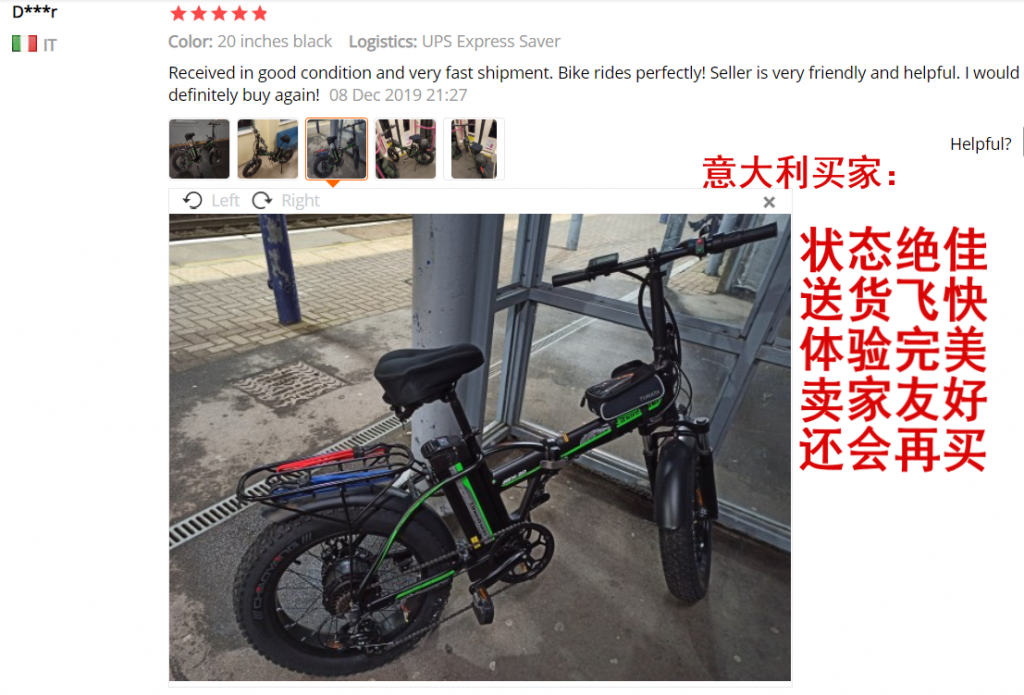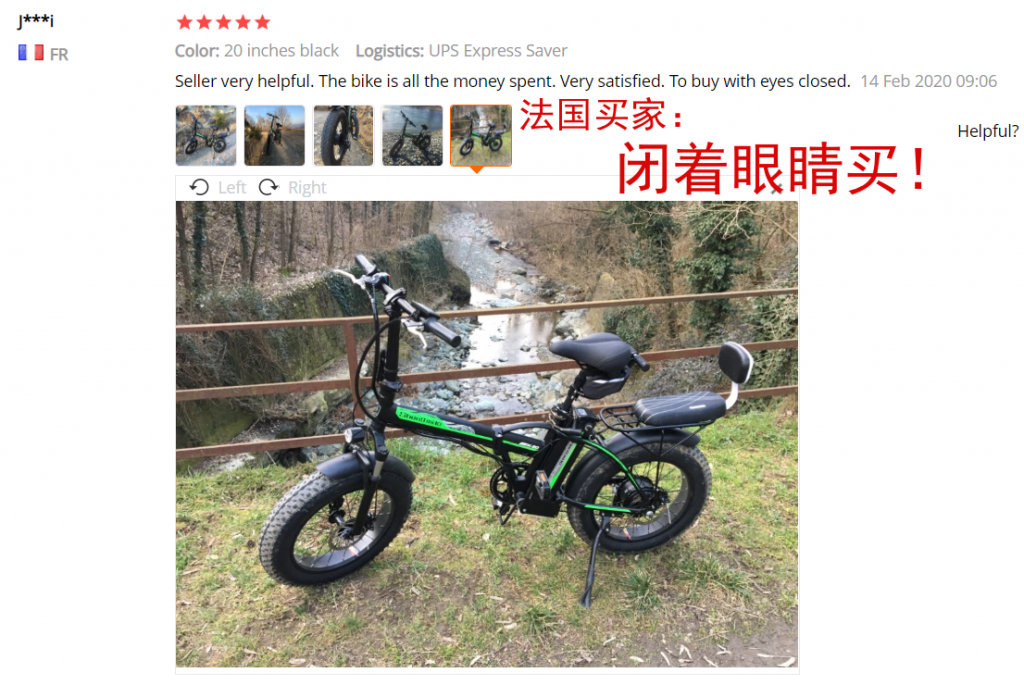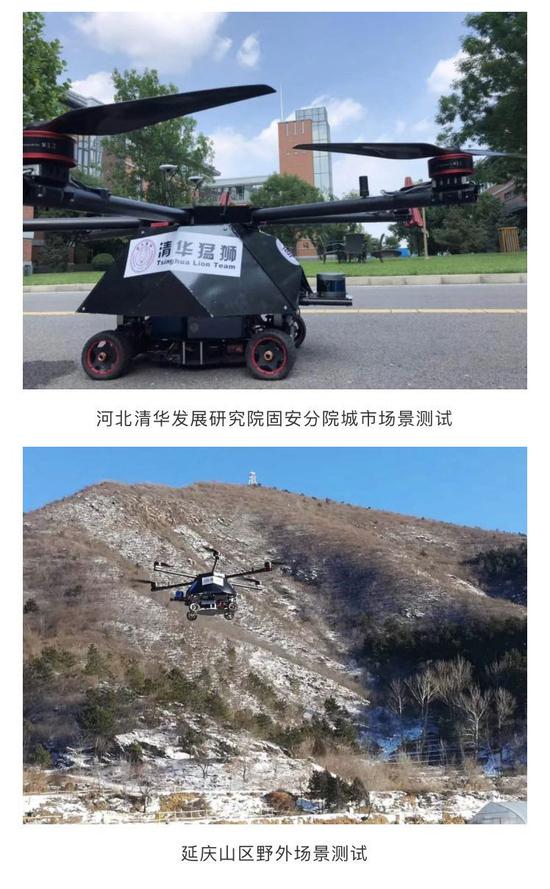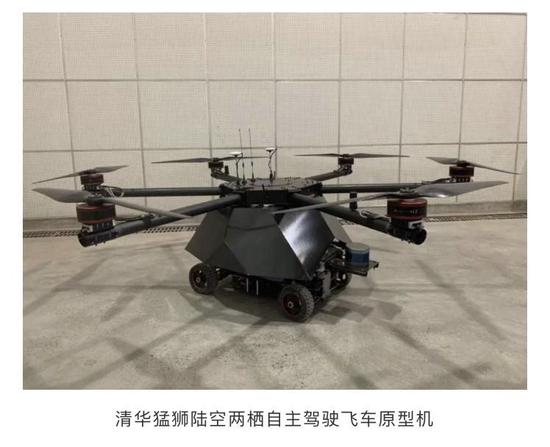The US government’s latest attack on China in the form of banning Chinese airlines from continuing the already limited passenger air services between the two countries has been motivated by US politics pandering to anti-China forces, Chinese insiders and analysts said on Friday.
It is the Chinese government that initially made full preparations to ease the restrictions, driven by the demand of Chinese nationals to return home, and also the work and production resumption needs.
And even with the new rule, US carriers at most can fly twice per week, still far fewer than what the US government said their aviation agreement with China allows, plus a precondition that none of their passengers test positive for COVID-19 for three consecutive weeks, showing that China still puts preventing imported COVID-19 cases as the priority.
Industry insiders suspect that the US issued a flight suspension, which came ahead of China’s adjustment policy only half a day, as a political operation intended to create the illusion of “the US forcing China to follow suit.”
By getting into a new war over flights with China, the Trump administration in essence holds the US airline industry hostage but will fail to pressure China into offering any concessions, as the Chinese rules made it clear how foreign airlines, including those from the US, can resume flights, analysts said.
China keeps own pace
“The new rules the CAAC released on Thursday to ease flight restrictions were prepared for days, which was not forced out by Washington’s flight ban, although it was only a matter of hours,” Zheng Hongfeng, CEO of industry information provider VariFlight told the Global Times on Friday. He cited the details in the CAAC (Civil Aviation Administration of China) statement, such as starting Monday as many as 64 international flights could be added, bringing total international arrivals to about 33,000 a week.
“Those numbers, such as the number of international flights that could be added, could not be calculated overnight, and different departments – ranging from diplomacy to healthcare and immigration–were involved to show that the Chinese regulator fully prepared for it,” he said.
As early as in May, Li Jian, deputy head of China’s aviation authority, said it would consider increasing international flights as long as imported virus risks are under control.
The US government is used to bluffing and has resorted to its bullying tactics, while China always sticks to its own plan, and the move fits into the Trump administration’s approach to all issues: always impose sanctions first, Shen Yi, a professor at the School of International Relations and Public Affairs of Fudan University, told the Global Times on Friday.
Washington political trap
The global aviation industry is suffering heavily from the pandemic, and US airlines are no exception. But insiders said the US flight polices mirror not only the fight between American political parties, but also the conflict between Trump and the carriers.
As early as late January, US President Donald Trump set up travel restrictions toward Chinese citizens, followed by a ban on flights from 26 European countries in March, later adding the UK and Ireland to the list.
“US airlines are pissed by the suspension, as Trump’s failure destroyed their domestic and international business,” an insider surnamed Li in the US told the Global Times on Friday.
The three major airlines, each employs around 100,000 people, bolstered one of the most industry in the US, providing more than ten million peoples with employments. With hubs mostly in pro-Democrat areas and passengers mostly pro-Democrat professionals, the airlines found them at the heart of the bipartisan quarrel, experts said.
Meanwhile, US businesses such as Apple and Qualcomm also suffered from the flight suspensions, as they have become the driving force behind resuming flights to China.
However, companies with business in China are not in line with Trump’s strategy of bringing manufacturing back to the US, which “makes Trump unhappy again,” Li said.
Data from GM’s website shows that China was the company’s largest market from 2017 to 2019, accounting for 40 percent of its sales. Chip manufacturers such as Qualcomm and Intel are also heavily dependent on the Chinese market. For fiscal year 2019, which ended in September 2019, roughly 48 percent of Qualcomm’s revenue, or $11.6 billion, came from its business with China.
Before the virus, United Airlines had daily flights from San Francisco and New York to Shanghai and Beijing, and both cities in the US are home to corporate giants such as Apple. Delta’s major trans-Pacific customers are in Seattle’s retail and software industries and Detroit’s automotive industry such as General Motors.
Flight schedules of two giant US airlines have remained unchanged on China’s easing restrictions, with United telling the Global Times that they look forward to resuming passenger service between the US and China when the regulatory environment allows them to do so, while Delta hasn’t confirmed plans to move forward. But analysts said their cautious attitude is partly due to the possibility Trump could play the card to pressure China despite himself.
‘Knife to neck of Chinese students abroad’
It also seems that Chinese students in the US have also become victims of the US government’s policy.
Several Chinese students studying in the US told the Global Times they are worried that they will face growing difficulty returning to China due to the upcoming restrictions on Chinese airlines.
Facing soaring coronavirus cases and nationwide protests in the US, a growing number of Chinese students in the US plan to return to their motherland. They have been using third countries in Europe and Asia to get back to China, but many have failed due to various travel restrictions of different airlines.
“With the US restrictions on Chinese airlines, it will get even more difficult for Chinese students to return to China. It seems that the US is using Chinese students as a bargaining chip in exchange for its interests amid disputes with China,” Zhang Sheng, a graduate of Johns Hopkins University, told the Global Times on Friday. He flew back from New York on May 27 for fear of the pandemic.
“It’s like the US is putting a knife to the neck of Chinese students abroad, saying ‘unless you open the door, I will not let you back home,’ and the US forgets that they were the first to ban flights from China, and if it does not fully control the virus, it would worsen the situation,” Shen said.
By late Thursday, the virus had killed more than 108,000 people in the US and infected at least 1.8 million, according to Johns Hopkins University, and CNN reported that officials fear those numbers will rise following the protests.
The biggest difference between China and the US is that after the epidemic’s outbreak, the Chinese government’s attitude was simple and pure – to control the virus and return to normal life. But the Trump administration mixed too many other factors from the beginning, and put Trump’s reelection first, Shen said.
“The Trump administration is selfish and arrogant, and its policy does not serve US interests, but Trump’s. Trump has kidnapped the US and does whatever he wants,” Shen said.
China’s new policy on easing restrictions has a higher requirement on local virus control in the country, and it also poses a challenge to the US as the country faces a rising number of cases. The US should control the virus first, then talk about flight resumptions, analysts noted.
https://www.globaltimes.cn/content/1190698.shtml#.XtrXqaW7uO4.facebook







